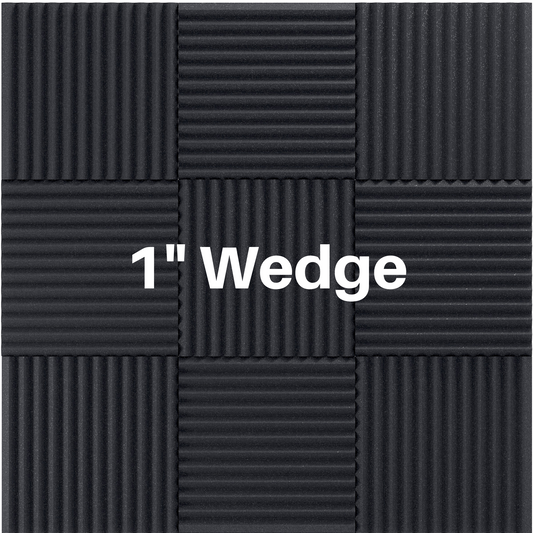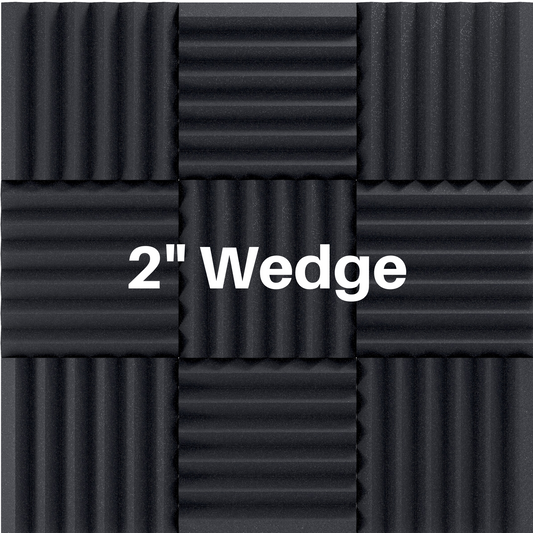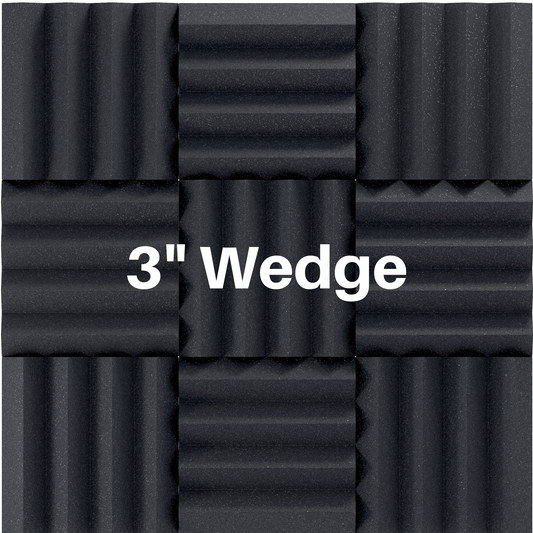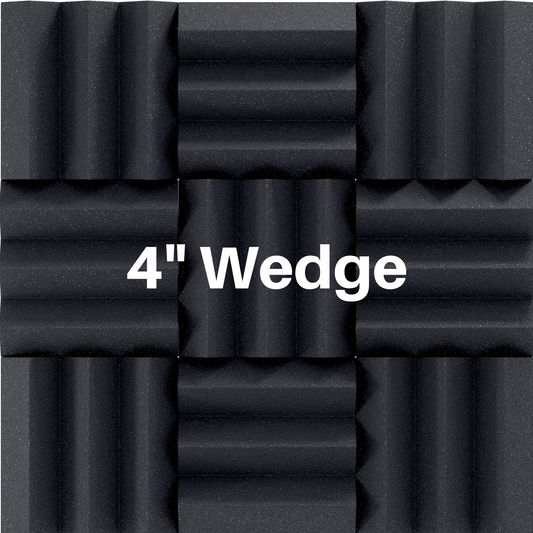Where To Place Monitor Speakers
Share

Prior to placing your monitors you need to identify a starting point for your listening position. The listening position is the spot where you will sit when mixing, mastering, listening, etc.
Begin by facing your speakers to a short wall of your room. It is better for the listening position to face a short wall vs a long wall in order to get a flatter bass response. Also, this gives you more distance between your ears and the rear wall. If your rear wall tends to reflect sound then it should be a minimum of 10 ft behind your ears. If less than 10 ft you might need treatment with some sound dampening acoustic panels.
Next, use the 38% rule of thumb (created by by Wes Lachot). Measure the center point between the two side walls and 38% back from the front wall. This is the spot to start with, but does not have to be exact as all rooms are different.
Your right and left speakers should form an equilateral triangle with your listening position. Your monitors sound best when they are the same distance apart from each other as they are from you. Aiming your speakers at your listening point (toeing) can make a huge difference in the sound quality.
Monitor isolation pads are also used to angle speakers into more optimum listening positions. Speaker pads also help reduce vibration and absorb bass recoil providing you with the best sound your speaker can produce.
This concept is illustrated In the below diagram. The white dot is the listening position of the example room. The blue line is the same size as each red line.
Please contact us if you have any questions at all.
SHOP monitor isolation pads.






1 comment
This blog provides clear and practical advice on where to place monitor speakers for optimal sound quality. It’s helpful for anyone setting up a studio or home audio system. Great insights!